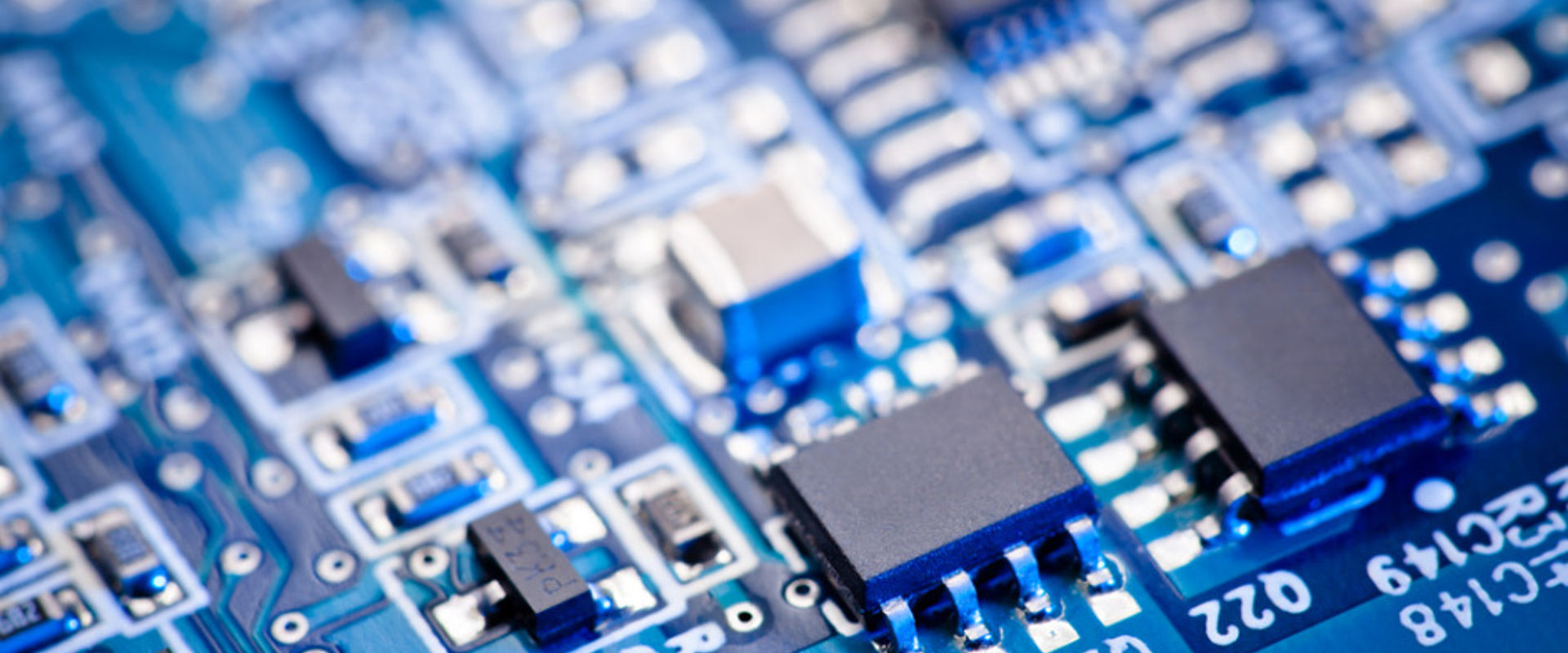
Semiconductor measurements
Challenge
Semiconductor devices - the foundation of modern electronics - continue to get smaller and more complex. The International Technology Roadmap for Semiconductors expects them to halve in size over the next six years.
Working at the nanoscale requires the production of submicrometre structures to build up sophisticated electronic circuits on silicon wafers. Other industries operating at micro- and nanometre scales, such as optics, medicine and biotech, face similar challenges.
Structures must be produced to extremely high accuracies, requiring small scale measurements which are hard to make. Techniques do exist to measure nano-structures, such as Scanning Electron Microscopy (SEM) and Atomic Force Microscopy (AFM), but they are relatively slow or require ultrahigh vacuums, making them costly (SEM) or even unsuitable (AFM) for routine measurement.
Scatterometry, which illuminates a surface and detects the scattered light in reflections from it, provides an ideal way to measure small structures in a production environment. However, its adoption is held back by a lack of standards. Providing standards which link scatterometry to established techniques such as SEM and AFM would reduce uncertainties, provide confidence in measurements, and so make the technique viable for routine nanometre industrial measurements.
Solution
The EMRP project Metrology of small structures for the manufacturing of electronic and optical devices, has developed new reference materials to accurately calibrate scatterometry instruments.
Scatterometric systems were systematically investigated and compared to other techniques to assess relative performance. A scatterometry reference standard was designed and specified, which was then validated using trusted measurement techniques. These included existing microscopic methods such as AFM and SEM, which have established calibration routes for measuring critical dimensions at nanoscale. The reference standard can now be used to calibrate scatterometry systems.
The final reference standards and a corresponding calibration service based on the methods used are now available for scatterometry instruments. This improves traceability and accuracy of scatterometry by making it comparable to other trusted measurement methods, enabling its use for routine measurements of sub-micrometre features.
Impact
Advanced Mask Technology Center (AMTC) a joint venture of GLOBALFOUNDRIES and Toppan Photomask is developing EUV photomasks to accurately expose circuitry onto silicon wafers. A specific goal is supporting its parent companies - to enable 7 nm technology and below for next generation silicon chips. Access to advanced photomasks is key to achieving this.
Through the project, AMTC is now able to accurately certify dimensions and uncertainties of their reference photomasks. Using these internal reference photomasks, and calculations developed in the project, they will be enabled to calibrate their metrology systems.
Being able to confidently use calibrated metrology systems will help AMTC to successfully produce EUV masks for 7 nm technology and beyond with features down to ~10nm on the next generation of silicon wafer circuits. They aim to make these technology available by mid-2018. This will play an important role in reducing the size of semiconductor devices, keeping the International Technology Roadmap for Semiconductors size reduction schedule on track, and improving the competitiveness of the semiconductor industry.
- Category
- EMRP,
- Industry,
